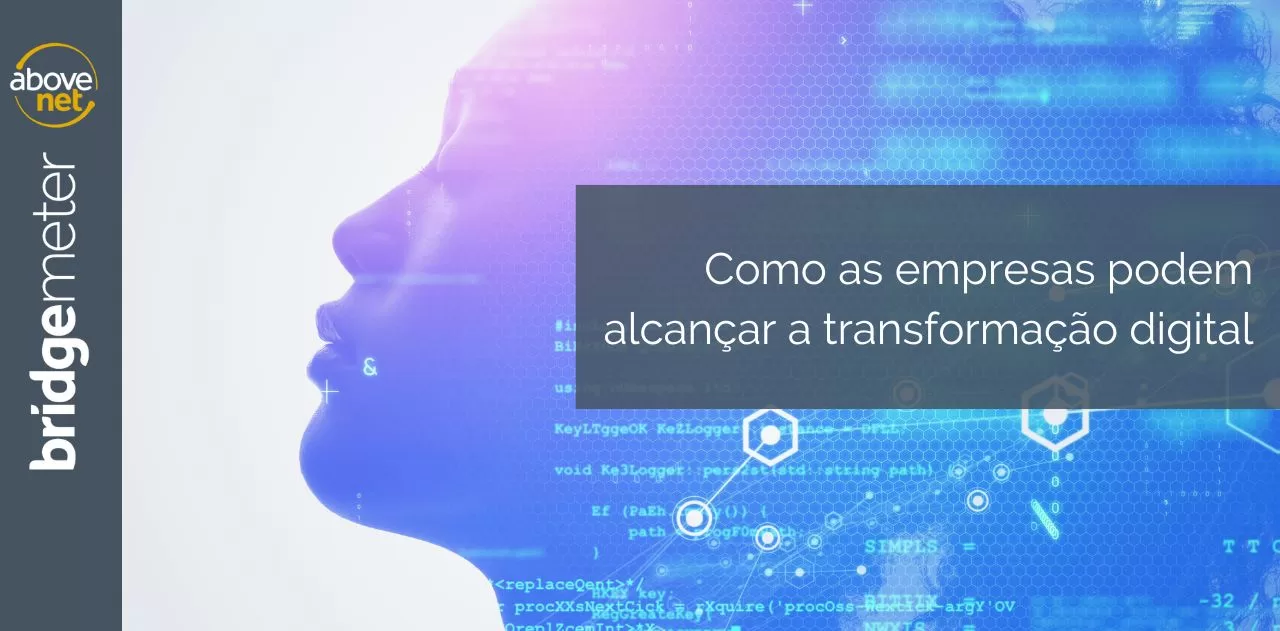To have a clear, transparent and simple company scanning process, it is necessary first to allow the collaborative integration of technologies. Distinct initiatives made by different sectors, within ecosystems that do not communicate, do not put the company in a scenario of digital transformation.
The digitization process begins when you have a single initiative with the integration of various technologies that involves the Internet of Things (IoT), but also Artificial Intelligence, Machine Learning, Blockchain, Big Data and many others that make up industry 4.0.
As in an orchestra where dozens of instruments need to converge sound into a clear and pleasant melody, it is necessary to integrate different technologies within companies.
For most companies the basic concept of digital transformation is not clarified. The pressure on everyday life, the need to score goals and increase efficiency transforms the scanning process into a disoriented race, and only up front, after making the investment, if you realize that the decision was made in a way Wrong.
Therefore, one of the major challenges for companies to follow this transformation process is awareness of collaborative technologies. Scanning will be complete when applications of different verticals can communicate horizontally and decentralized with other solutions.
In this article we will focus mainly on the aspects related to IoT, because it is one of the foundations for a process of digital transformation and one of the main difficulties of companies.
Who should perform the process?
A complete process of digital transformation should involve the entire company, from C-Level to operational, involving change of organizational culture and processes. Specifically in IoT projects, the initiative is often led by IT in conjunction with TO.
However, the innovation process should ideally involve specialized suppliers from outside the company. The IT/TO sectors are already taken by the internal demands of everyday life and, in addition, tend to act in the company's Core Business, leaving the responsibilities and deliveries of a IoT project with the suppliers trained for such .
Experienced companies to market and implement internet solutions are aware of trends, the problems faced by the market, the pains of their customers and are already experiencing solutions in various projects.
Customers want to define applications and areas for integration and data collection. But as important as collecting data, it is how to manage all this information for the benefit of the company.
The Way to Digital Transformation in Industry
The solution as a service is the most economical and safe way for the company to scan its operation. In this mode, the most important for the customer / company is to know which successful KPIs are.
The manager needs to ask himself about "what is they want to achieve by improving efficiency?", "What pain is IoT to solve?" Many companies do not know what they want to measure with IoT or where they expect to arrive, and this is an important process for digital transformation.
It is possible to start small. There are customers who start with a machine. The size is not the problem, the most important is the concept. After all, how will the gain be viewed? At this point, the solution as a service is another factor for the customer to view the returns through technology.
There are a number of information that is extremely useful and contributes to saving money and returning over its investment . In preventive maintenance contracts, for example, predictive and remote monitoring generates team logistics economy and prevents unnecessary stops of the operation.
Another point is that in the solution as a service, the burden of operation is the solution provider, which needs to monitor and deliver the data. The company / customer does not need to make investments to develop a solution, and is free to look for providers that best meet your need.
Iot plug and play is a trend for 2023
Protocol variations that exist in the industry make it a little more conservative for the adoption of IoT solutions ready for use. To introduce plug and play devices into the industry you need to have a platform compatible with various protocols, interfaces and communication flexibility with different software.
This capacity for interoperability has qualified Bridgemeter, Above-Net , to modernize the M2M communication of a large sanitation company . The challenge was to make different technologies read the data and share it to the four companies.
“We built a product based on observing market problems. It is not thinking that the market needs a solution and then trying to push it to the public. We are observing in all our customers what is the intersection of the problems, then we have the solution to it, because we know it will have great demand, ”said Marcelo Ramos, vice president of Above-Net.
Bridgemeter is a modern and innovative cloud solution capable of connecting with any industry sensor or equipment, allowing monitoring, collecting, smart rules programming to predict problems and data analysis of remote locations.
The system can receive information from equipment, clps (programmable logic controller), digital or analog sensors, engines, trucks and even light vehicles as well as cameras, tablets and smartphones with tracking and generate alarms in real time quickly and accurately.
Above-Netindustrial IoT platform is offered in solution format such as Opex-based investment and Zero Capex investment. With a small monitored point monthly fee you can implement a high availability and data security industrial solution without worrying about the development and integrations of systems that run away from your company's business model.


